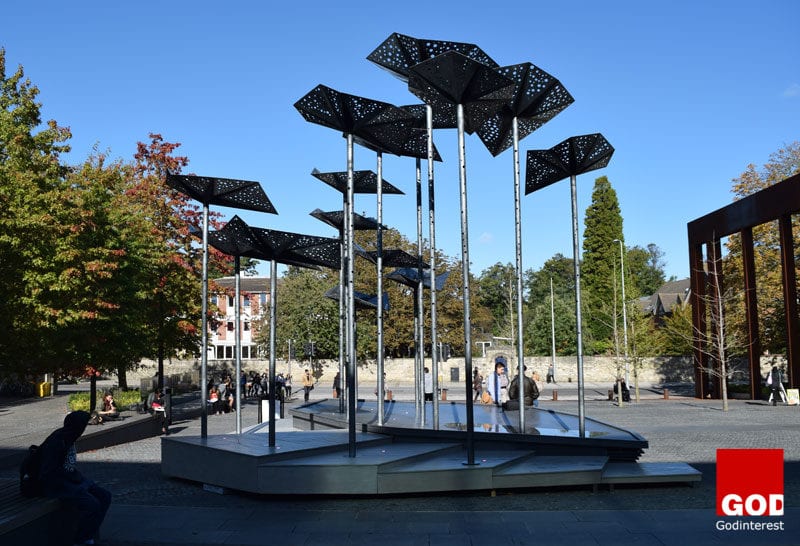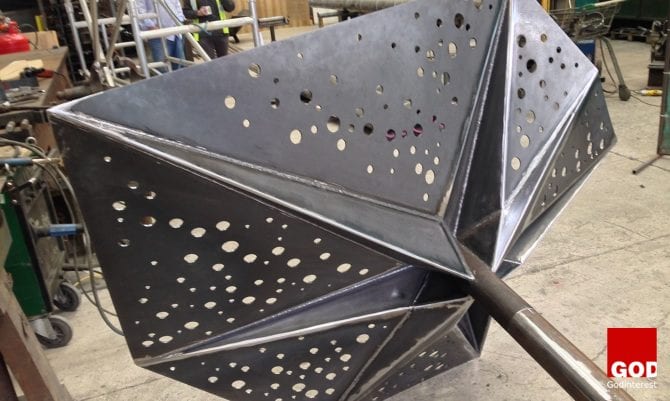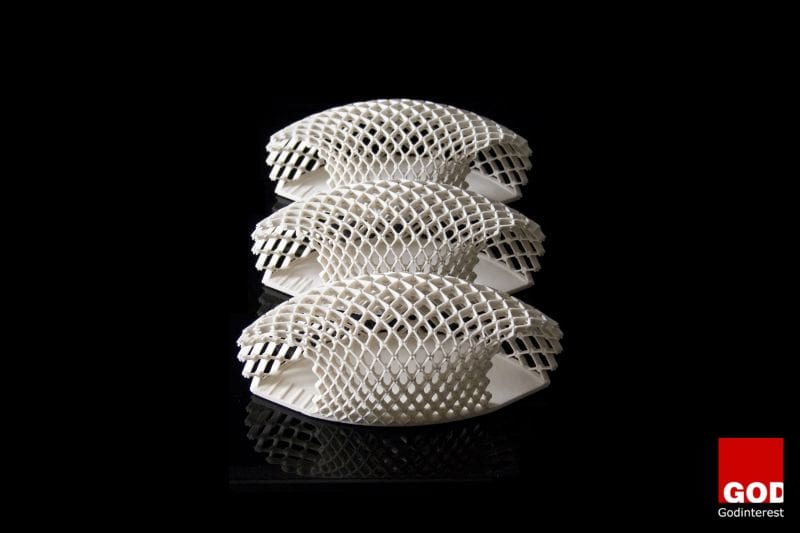Nowadays, it’s easy to forget about our faith, since our busy lives and the negativity have taken over, with people dying, many wrongdoings, and sin being evident everywhere we look. Plus, it’s hard to tell who are friends are, especially when someone whom we’re supposed to trust doesn’t really feel accountable for anything”¦ or anyone. Even when people make promises, they either don’t keep them, or they forget about them.
As you can tell by now, sin is detrimental to one’s life; and, it stops us from being that God has created us to be. Just because we don’t have faith-based friends or careers, doesn’t mean that we, ourselves, can’t be faith-based. So, here are five basic tips on how to stay faithful in your faith:
1. Remember That God Is Your Friend
“There’s no denying that God is a friend to those who believe in Him,” says Thomas Gettysburg, a lifestyle writer at Next Coursework. “As Christians, it’s important to spend time with God as often as possible, just as you would with your regular friends.”
You can welcome God as your friend by doing the following:
· Attend church each weekend. (This is just one of the things that Jesus has asked of all his disciples.)
· Speak to God, and listen for Him every morning and every night. Offering yourself to God each day and night allows you to be closer to Him.
· Volunteer to help others (e.g. helping out in soup kitchens, offering your services to homeless shelters, etc.). In this way, you’ll not only help others, but also help yourself know and love God more.
· Go to confession at least once a month. Sacramental reconciliation allows you to “begin again,” to restore and strengthen your friendship with God.
· Seek counsel from someone trustworthy (e.g. a good priest or well-informed lay person) that you can talk you whenever needed.
2. Call Up A Friend
In today’s world, most people can’t live without their cell phones for more than .003 seconds away at any given moment of the day. So, why not make some good use with your phone by calling up a friend, and checking in with them.
You may want to have someone you trust on speed dial, so you could have them on the phone within seconds. Just keep in mind: don’t vent to them if you don’t want to; you can always start a conversation about something else, in order to take your mind off the negative. And
ultimately, God knows about your personal woes; so, give up all the negativity for Him to take care of.
3. Keep Your Rosary Handy
There’s nothing wrong with carrying a rosary with your in your pocket (or in your bag or purse). Or, you can wrap your rosary around your wrist; though, don’t make it seem like a fashion accessory, rather than a scared tool. Wear it (or carry it) as a constant reminder of Mary saying “yes” to God even when times are tough. Let your rosary encourage you to say “yes” to God, even when it seems impossible. And finally, don’t be afraid to pray with it, either.
4. Remember Your “Alternatives”
Let’s face it: temptation is where. So, if you’re not with accountable people, have an alternative activity that is your “go to.” Train yourself to avoid sin.
The best way to avoid sin is to use your gifts and talents the right way. For example, if you’re an athlete, you must make it your job to keep training and exercising to stay active. Another example is that if you have an interest or hobby, find an alternative way to do these things, so that you can use your gifts to glorify God, not sin against Him with.
5. Surround Yourself With Inspiration
Looking for inspiration from your faith? Why not have visuals inspire you?
One way to do this is to change the background on your cell phone and computer to show an inspiring Scripture verse, or even a picture of Jesus. Basic? Yes. However, this will remind you of your commitment to Christ each time you might be tempted to use your devices to sin.
Conclusion
Ultimately, the key to staying faithful in your faith is to commit to being faithful, and not straying from the path. As you stay on the path with these 5 simple tips, not only will you grow in holiness, but you’ll also grow with God.
Michael Dehoyos writes for Dissertation writing service and Write my assignment. He also contributes to numerous publications, such as Origin Writings. As a content marketer, he helps companies improve their marketing strategies.

















